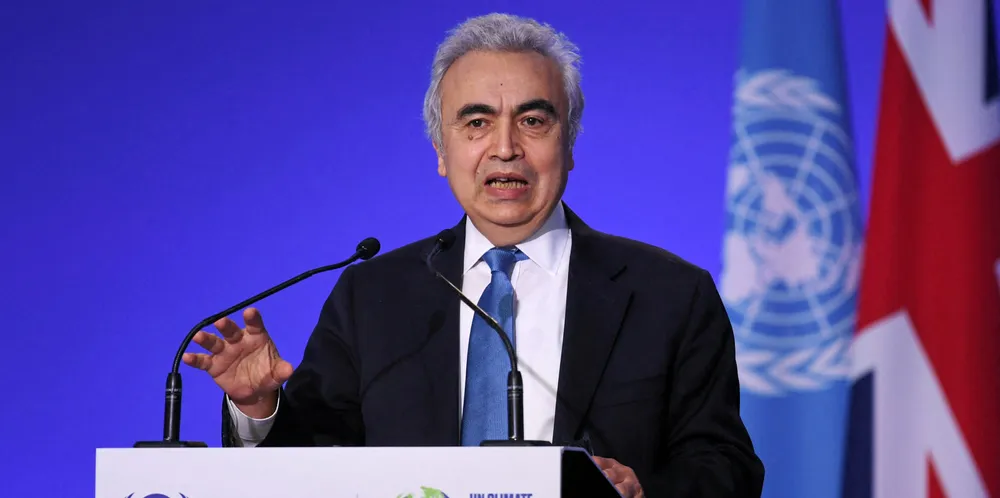IEA: 'The relative lack of demand for green hydrogen makes sector's progress uncertain'
The fact that H2 produced from fossil fuels is generally cheaper than renewable hydrogen — and that few buyers have been lined up to purchase the greener fuel — present financing challenges for gigawatt-scale projects, agency says
